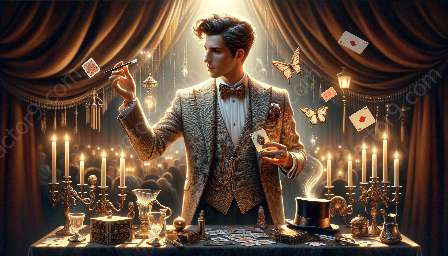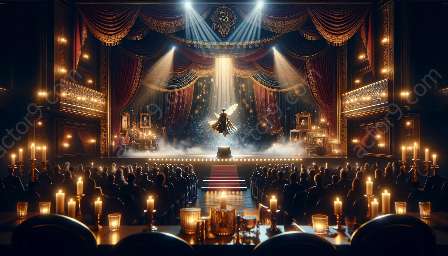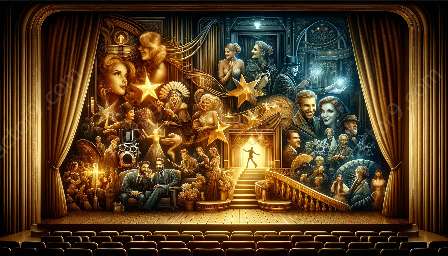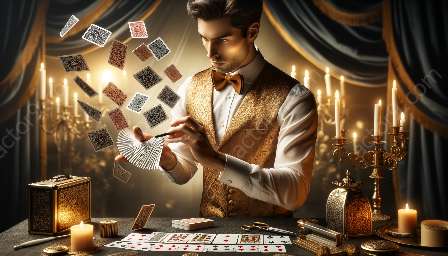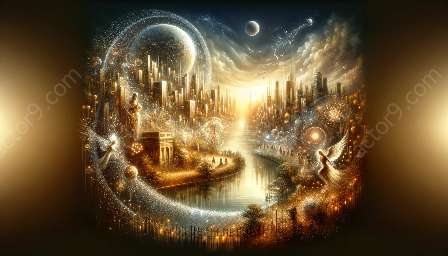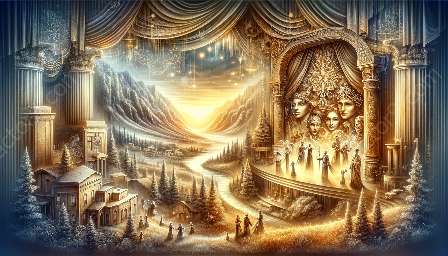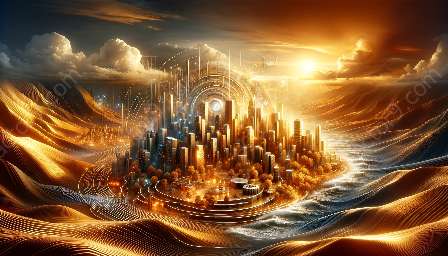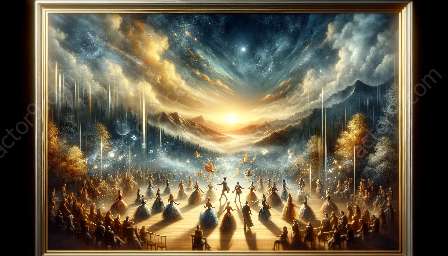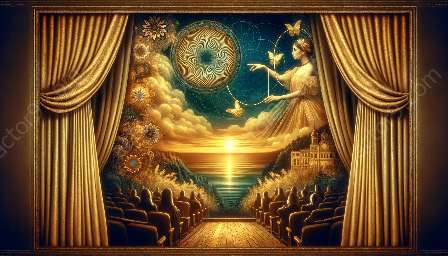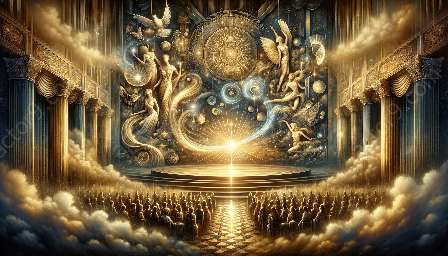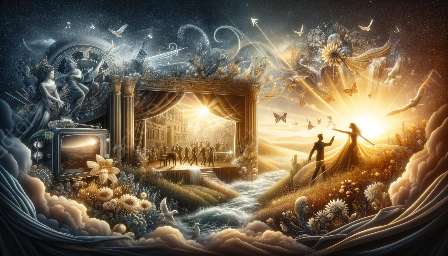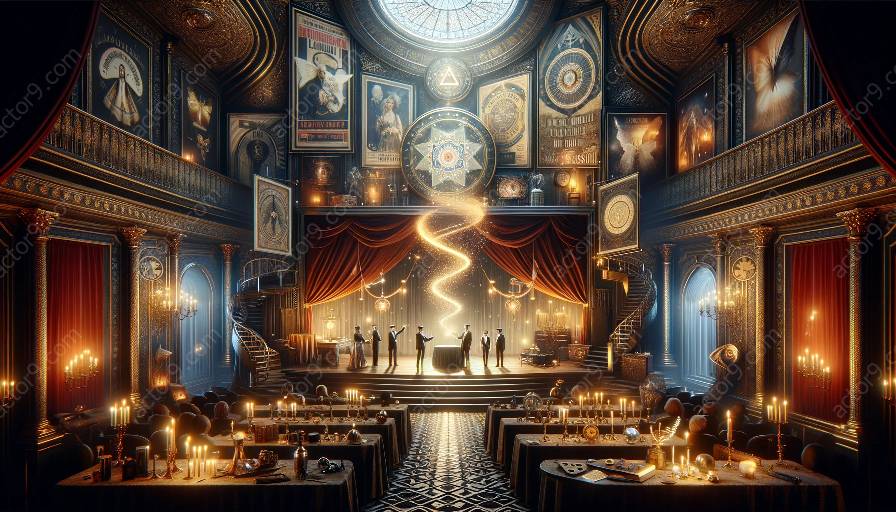Magic and illusion have captivated societies throughout history, with perceptions of these arts changing dramatically across different periods. From fear and suspicion in ancient times to admiration and entertainment in the modern era, the history of magic and illusion reflects the evolution of human beliefs and cultural norms.
Ancient Societies: Fear and Intrigue
In ancient civilizations such as Egypt and Mesopotamia, magic and illusion were often viewed with a combination of fear and intrigue. The ability to perform mysterious feats was ascribed to divine power or supernatural forces, and those practicing magic were both revered and feared. The mysterious nature of these arts gave rise to a range of societal beliefs and rituals, influencing everything from religious practices to political decision-making.
Medieval Europe: Tumultuous Perceptions
During the Medieval period in Europe, magic and illusion experienced tumultuous and conflicting perceptions. While some individuals were revered as wise practitioners with the ability to heal and protect, others were vilified as witches and heretics. The fear of the unknown, coupled with the influence of organized religion, led to widespread suspicion and persecution of those associated with magic and illusion. This period also saw the rise of alchemy and the search for the philosopher's stone, imbuing magic with a sense of mystery and intrigue.
The Renaissance: A Rebirth of Wonder
The Renaissance brought about a dramatic shift in societal perceptions of magic and illusion. As intellectual curiosity blossomed and scientific knowledge expanded, magic was viewed as a wondrous art form that aligned with the exploration of natural phenomena. Illusionists and conjurers gained prominence in royal courts and entertainment venues, captivating audiences with their skill and showmanship. This period marked the emergence of magic as a form of entertainment and spectacle, shaping the way it would be perceived in the coming centuries.
The 19th Century: Rise of Magic as Entertainment
With the advent of the Industrial Revolution, magic and illusion underwent a transformation, becoming popular forms of entertainment. The development of new technologies and the expansion of urban centers provided magicians and illusionists with the perfect stage to showcase their talents. Magic shows and performances became a beloved pastime for people of all ages, and magicians were looked upon as skilled entertainers rather than purveyors of the supernatural.
Modern Era: Magic as Art and Science
In the modern era, societal perceptions of magic and illusion have evolved to embrace these arts as both a form of artistic expression and scientific inquiry. With the advancements in psychology, technology, and special effects, magicians have expanded their repertoire to create awe-inspiring performances that blur the line between reality and illusion. The integration of magic into popular culture, through television, film, and the internet, has further solidified its status as a respected and celebrated art form.
Throughout history, the societal perceptions of magic and illusion have been a reflection of the cultural, religious, and intellectual currents of the time. From fear and suspicion to admiration and entertainment, these arts have endured and adapted, leaving an indelible mark on the human experience.


